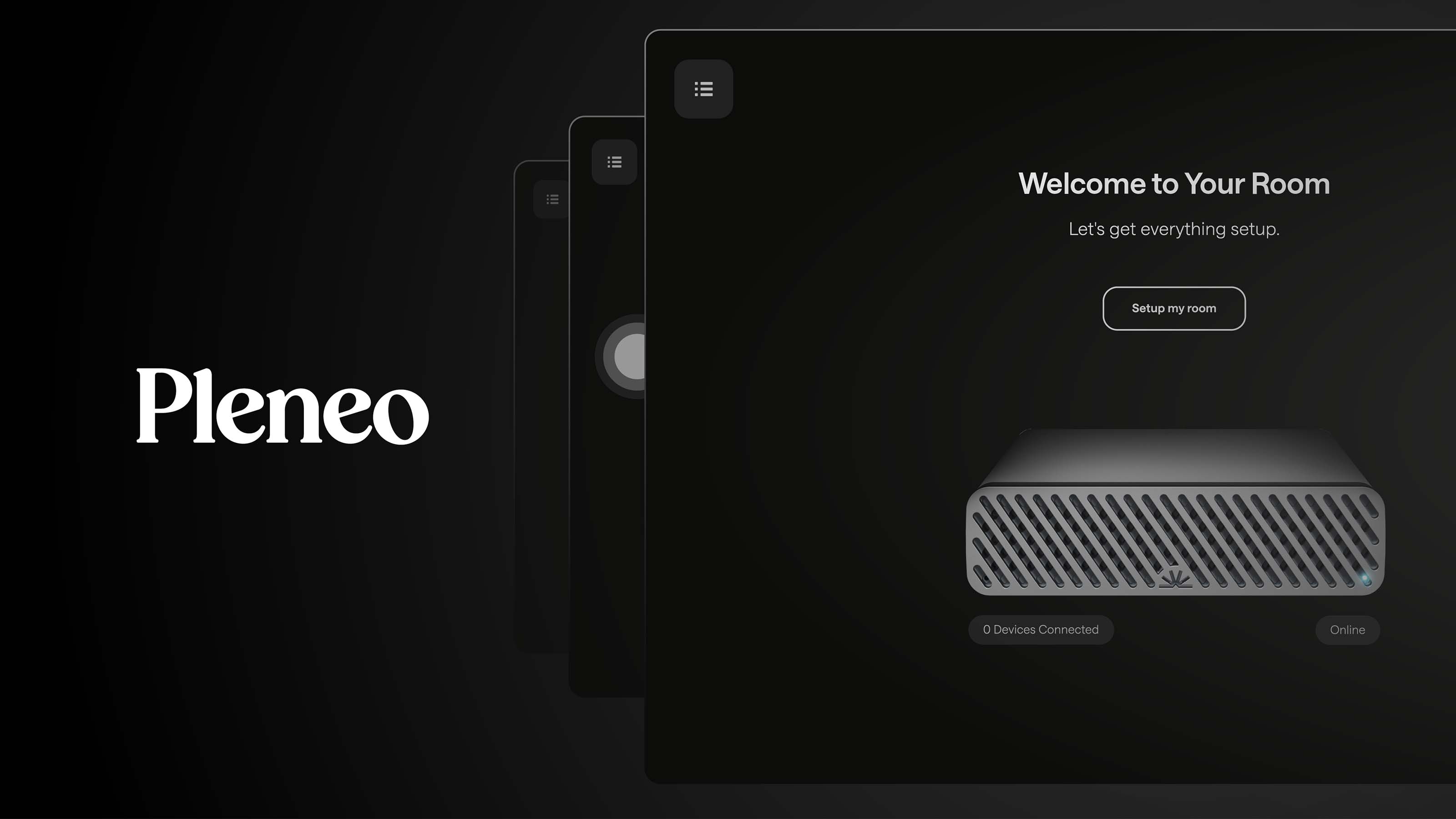Connectivity
With a big enough budget, and the ability to solicit different bids on an audio system, consultants will offer varied opinions on everything from amplifiers and speakers to the FOH console and the correct sound curve settings. One thing you will not hear any dissention on is the need to move sound inter-connected via Ethernet streaming data. While it is not the only way to go, if you are using the same amps, want to have the option of possibly having the board talk to all components in the system, and think it would be an advantage to allow for computer control, remote site monitoring, and want to save money on running heavy gauge copper, read on.
Peak Audio, a division of Cirrus Logic, has an architecture called CobraNet networked digital audio, that most of you have heard of or worked with from audio hardware companies like Electro-Voice, QSC, Harman, or one of the approximately 30 others. This has become in some ways the de-facto standard of audio transmission. A CobraNet module is a digital audio network interface, with the ability to supply eight, 16 or up to 32 simultaneous channels of distributed audio at 48 to 96 kHz sample rate, quad synchronous via serial I/O ports. Ethernet speeds are 100BASE-TX 100 Mbps, redundant secondary 100BASE-TX for fault tolerance full duplex, bi-directional and IEEE 802.3u compliant. These modules can be integrated within signal processors, mixers, amplifiers and self-powered speakers. They include a studio-grade, low-jitter clock source (<1 ns<0Cirrus...www.cirrus.com
Crown...www.crownaudio.com
Electro-Voice...www.electrovoice.com
Harman...www.harman.com
LightViper...www.lightviper.com
Peak Audio... www.peakaudio.com
A daily selection of the top stories for AV integrators, resellers and consultants. Sign up below.
QSC...www.qscaudio.com
